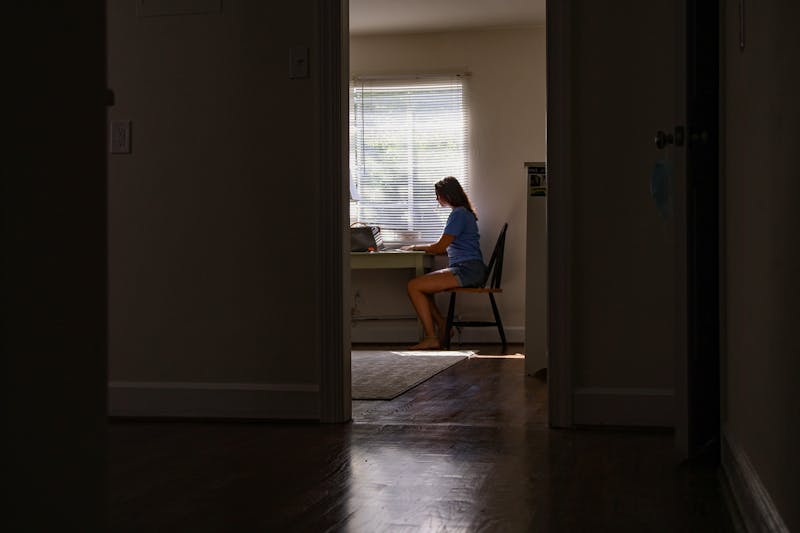Do they report the turn around time on the testing anywhere?
I haven't seen any consistent reporting on how long test results are taking to come back. But, it could just be the reporting I'm looking at. That's the number I really want to see. If they reported 40K results that all came back in 24 hours vs 90K where 50K of them took over a week. Thanks for posting these too.
What makes me upset is there are plenty of places with extremely low spread that are still staying closed. What makes me upset is that what has been learned at places of businesses like warehouses and factories will not be considered for schools. 14 day quarantine? No. You test negative and come back.
This is why I'm interested in the turn around time. If a positive case contact is identified, ideally we want them to get a test and have the result in a day or two. Anecdotally, it sounds like the time to have a test taken has gotten shorter, but the result is still taking to long. If it's like last month, where it takes a week to get the test done, and another to get the result, there's no difference between a 14 day quarantine and a negative result.
Without seeing that specific reporting, I'm assuming places like NY that had large community spread and are now reporting under 1% positivity must have solved this problem. Since that's a large part of how you contact trace and target isolation to eliminate community spread.
I can see where somewhere that hasn't solved this is reluctant to open schools, since they're counting on masks and distance to slow spread instead. Without it, it's hard to have a plan for when a case does show up.
What upsets me is that, as usual, the lowest income families will be hurt the most. Just creating more disparity.
You say think outside the box? People need to stop pretending ideas and practices cannot be determined. Many places aren’t even trying to figure it out. Some school districts are delaying reopening entirely. Not even a virtual model. Just delay the first day of school for like a month?! What the heck is that. There have been months to make this top priority and come up with plans. And for many areas, nothing.
There’s no excuse for a district not having a virtual plan. My district started working on it in March and continued all summer. I think in some places (especially where the politics highly favored a return to physical school no matter what) districts buried their heads in the sand and didn’t make a plan. Learning will suffer and maybe that’s the point. Make virtual learning so bad that it proves the point that physical learning would have been better.
It's definitely a failure. There's very little a school district can do to solve the test/trace/isolation stop community spread. Which is why it's all the more important they do solve the virtual learning problems which are within their control. In our district, they've expanded chromebooks from "those that need it" to "everyone" and increased the number of cellular access points for those that need it. They've also adjusted the schedule to accommodate meal distribution better. That still doesn't solve the childcare issues around virtual learning or unique scenarios that require in person. They working on a plan to bring only those needs back into the building, which should be easier to solve with distance than the entire school population.
On the flip side I can’t really say why some districts in areas with low community spread decided to go virtual. I laid out why my district made their call. Some districts near me are still planning a hybrid start to the year. Many schools in the part of NJ near me are going hybrid as well. I know NYC is going to try physical school too. The point is it’s not like there are no places with low spread opening for physical learning. It’s a mix. Each district has its own unique situations too so hard to say they should or shouldn’t open. It really needs to be a local decision.
This is what makes me think NYC has solved the "positive case contact-->test-->result" timeline to something that's fast enough to contain spread instead of just slow it. If other places with low community spread haven't solved this problem but achieved it more through distancing and general reduction of interactions, then virtual school makes sense. In these cases opening school would directly break the thing keeping their spread under control.
As a country, we could ramp up capacity, production and logistics for "positive case contact-->test-->result" anytime we want. While the new testing technologies arriving make this easier and cheaper, thus possible for smaller entities to do directly. It's a failure of political will that prevents us from doing it now.

 www.dailytarheel.com
www.dailytarheel.com



